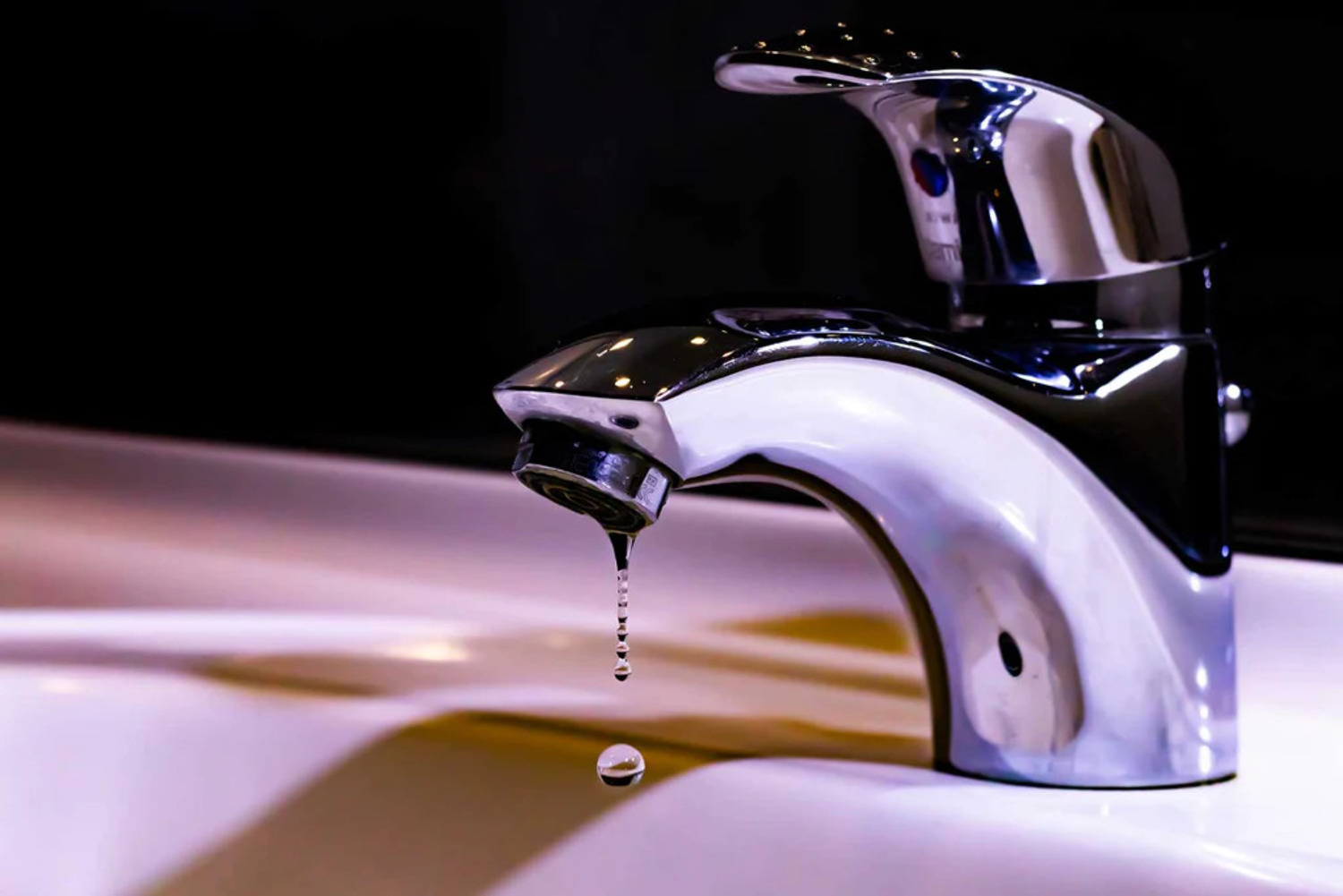

Articles
What Side Of Faucet Is Hot
Modified: March 1, 2024
Discover which side of the faucet is hot and learn more about plumbing in our informative articles.
(Many of the links in this article redirect to a specific reviewed product. Your purchase of these products through affiliate links helps to generate commission for Storables.com, at no extra cost. Learn more)
Introduction
When you turn on a faucet to wash your hands or fill up a glass of water, have you ever wondered which side of the faucet is the hot water? It’s a common question many people have, especially when they are unfamiliar with the plumbing system in their home. Understanding which side of the faucet is hot can be helpful for a variety of reasons, whether you’re trying to avoid scalding yourself or simply want to maximize efficiency when using hot water.
In this article, we will delve into the mechanics of faucets and explore how to identify the hot side. We will also discuss the factors that influence hot side placement and provide tips for finding the hot side in your own plumbing system. So, let’s dive in and unravel the mystery of which side of the faucet is hot!
Key Takeaways:
- Knowing which side of the faucet is hot is crucial for safety and efficiency. Look for visual indicators, color coding, or consult a professional if unsure.
- Understanding faucet mechanics and identifying hot and cold sides can prevent accidental burns. Use visual indicators and temperature labels for clarity.
Read more: Which Side Of Electrical Cord Is Hot
Understanding Faucet Mechanics
In order to understand which side of the faucet is hot, it’s important to have a basic understanding of how faucets work. Faucets are designed to control the flow of water through a series of valves and handles. The two main types of faucets commonly used in households are compression faucets and cartridge faucets.
Compression faucets have separate hot and cold water handles, and to control the flow of water, you need to turn the handles clockwise or counterclockwise. These types of faucets feature a compression stem that moves up and down inside the faucet body to regulate the water flow.
On the other hand, cartridge faucets have a single handle that rotates, allowing you to control both the water flow and the temperature. These faucets use a cartridge, typically made of ceramic or brass, which contains small openings that allow hot and cold water to mix.
Both types of faucets have a designated hot water pipe and a cold water pipe connected to them. The hot water pipe is linked to the water heater, while the cold water pipe is directly connected to the main water supply.
Understanding the mechanics of the faucet is crucial when determining which side is hot. It’s important to note that in most cases, the hot water pipe is positioned on the left side of the faucet, while the cold water pipe is on the right side. However, this is a general rule and can vary depending on various factors.
Identifying Hot and Cold Sides
Identifying the hot and cold sides of a faucet can be a straightforward process once you know what to look for. Here are a few methods to help you determine which side is hot:
- Visual indicators: Many faucets have visual indicators to distinguish between hot and cold. Look for small lettering or icons denoting “H” for hot and “C” for cold. These indicators are usually located on or near the handles.
- Temperature labels: Some faucets may have labels indicating the temperature range of each handle. The label for the hot water handle may show a red color or a word like “hot” to signify the hot water side.
- Color-coded handles: In some cases, the hot water handle may be color-coded differently from the cold water handle. It could be red, blue, or another distinct color that stands out.
- Systematic trial and error: If there are no visual indicators or color-coding, you can try turning on each handle individually and observing which one produces hot water. Start by turning the left handle (usually associated with hot water) and see if hot water flows. If not, try the right handle to see if it produces hot water.
Remember that in some cases, faucets may not have any visual indicators or color-coded handles, especially if they are older models or have undergone repairs. In such cases, relying on the trial and error method mentioned above may be the most effective way to determine the hot and cold sides.
It’s important to note that the hot and cold sides of a faucet can be reversed or modified during installation or renovations. This is why visual indicators, temperature labels, or color-coded handles may not always be accurate. So, if you are unsure or have any concerns, it’s best to consult a professional plumber to confirm the hot and cold sides in your specific faucet.
Factors Influencing Hot Side Placement
While the general convention is to have the hot water pipe on the left side and the cold water pipe on the right side, there are a few factors that can influence the placement of the hot side in a faucet:
- Professional discretion: Plumbers have some flexibility when it comes to determining the hot side placement. They may consider factors such as the layout of the plumbing system, the location of the water heater, and ease of installation when deciding which side to connect the hot water pipe.
- Regional variations: Plumbing practices can vary based on regional traditions or codes. In some areas, the hot water pipe is installed on the right, while in others, it’s on the left. These regional variations are not standardized and can differ from one area to another.
- Renovations and modifications: If the plumbing system has been modified or renovated over time, the placement of the hot side may have been altered. This could be due to changes in the layout of the pipes or switching the hot and cold sides to accommodate specific needs or preferences.
- Personal preferences: Some homeowners may have their own preferences for hot side placement. For example, if a left-handed individual primarily uses the faucet, they may choose to have the hot water on the right side for easy access.
It’s important to keep these factors in mind if you notice a difference in hot side placement between different faucets within your home or when comparing faucets in different locations.
Regardless of the factors that influence hot side placement, it’s crucial to remember that the hot and cold sides should be clearly distinguished to prevent accidental scalding or confusion. Using visual indicators, temperature labels, or color-coded handles can help mitigate any potential risks associated with incorrect hot side identification.
The left side of the faucet is typically hot, while the right side is usually cold. This is a standard convention in most plumbing systems.
Common Hot Side Placement
While there may be variations in hot side placement due to different factors, there are some common trends that can be observed in faucet installations:
- Left side: In many cases, the hot water pipe is connected to the left side of the faucet. This convention follows a logical flow as most people are right-handed, and having the hot water on the left side allows for easier access and control with the dominant hand.
- Red color coding: The hot side is often designated with a red color indicator, such as a red “H” or a red dot, to help users easily identify which side contains hot water. This color coding can be seen on the faucet handles, temperature labels, or other visual indicators.
- Symmetry: In some cases, faucets with separate hot and cold handles maintain a symmetrical design where the hot water handle is on the left side and the cold water handle is on the right. This symmetrical arrangement promotes consistency and ease of use.
- Temperature labels: Certain faucets may have temperature labels on the handles themselves, indicating which side controls hot water and which side controls cold water. These labels are often accompanied by color-coded indicators or symbols for further clarity.
It’s important to note that these common trends can vary depending on local practices, individual preferences, and the specific brand and model of the faucet. When it comes to hot side placement, there is no fixed standard that applies universally. Therefore, it’s always recommended to check for visual indicators or use the trial and error method to verify the hot and cold sides of a faucet.
Remember, the ultimate goal is to ensure that the hot and cold water are clearly distinguishable to prevent accidental burns or discomfort.
Read more: What Is Siding
Tips for Finding the Hot Side
If you’re unsure about which side of the faucet contains the hot water, here are some tips to help you find the hot side:
- Feel the temperature: Before turning on the faucet, run your hand under the tap to assess the temperature. This can give you a preliminary indication of which side is hot and which is cold.
- Observe the faucet handles: Look for any visual indicators, color coding, or temperature labels on the handles. These can provide clear indications of which side controls the hot water.
- Check for consistent labeling: If you have multiple faucets in your home, compare the labeling or color coding on different faucets to see if there is a consistent pattern. This can help you identify the hot side by association.
- Consult the manufacturer’s instructions: If you still can’t determine the hot side, refer to the manufacturer’s instructions or consult their website for specific information about your faucet model. They may provide guidance on hot side identification.
- Seek professional assistance: If all else fails or if you’re uncomfortable with determining the hot side on your own, consider reaching out to a professional plumber. They have the expertise to quickly identify the hot and cold sides of your faucet.
Remember, it’s essential to exercise caution when handling hot water to prevent burns or scalding. Pay attention to the water temperature and always test it with your hand or a thermometer before using it.
By utilizing these tips and taking the necessary precautions, you can confidently identify the hot side of your faucet and navigate your plumbing system with ease.
Conclusion
Understanding which side of the faucet is hot is an important aspect of using your plumbing system safely and efficiently. While the convention is to have the hot water on the left side of the faucet, there can be variations based on factors such as professional discretion, regional practices, renovations, and personal preferences.
To identify the hot side of your faucet, look for visual indicators, color coding, temperature labels, or consult the manufacturer’s instructions. Additionally, you can use the trial and error method by testing each handle individually to determine which one produces hot water.
Remember to exercise caution when handling hot water, as burns and scalding can occur if not properly managed. Always test the water temperature with your hand or a thermometer before use. If you’re unsure or uncomfortable, it’s advisable to seek professional assistance from a plumber to ensure accurate identification of the hot and cold sides.
By being aware of hot side placement and taking the necessary precautions, you can confidently use your faucet to access hot water for your everyday needs while maintaining safety and comfort.
So, the next time you reach for the faucet, you’ll know exactly which side to turn for that hot, soothing water!
Frequently Asked Questions about What Side Of Faucet Is Hot
Was this page helpful?
At Storables.com, we guarantee accurate and reliable information. Our content, validated by Expert Board Contributors, is crafted following stringent Editorial Policies. We're committed to providing you with well-researched, expert-backed insights for all your informational needs.
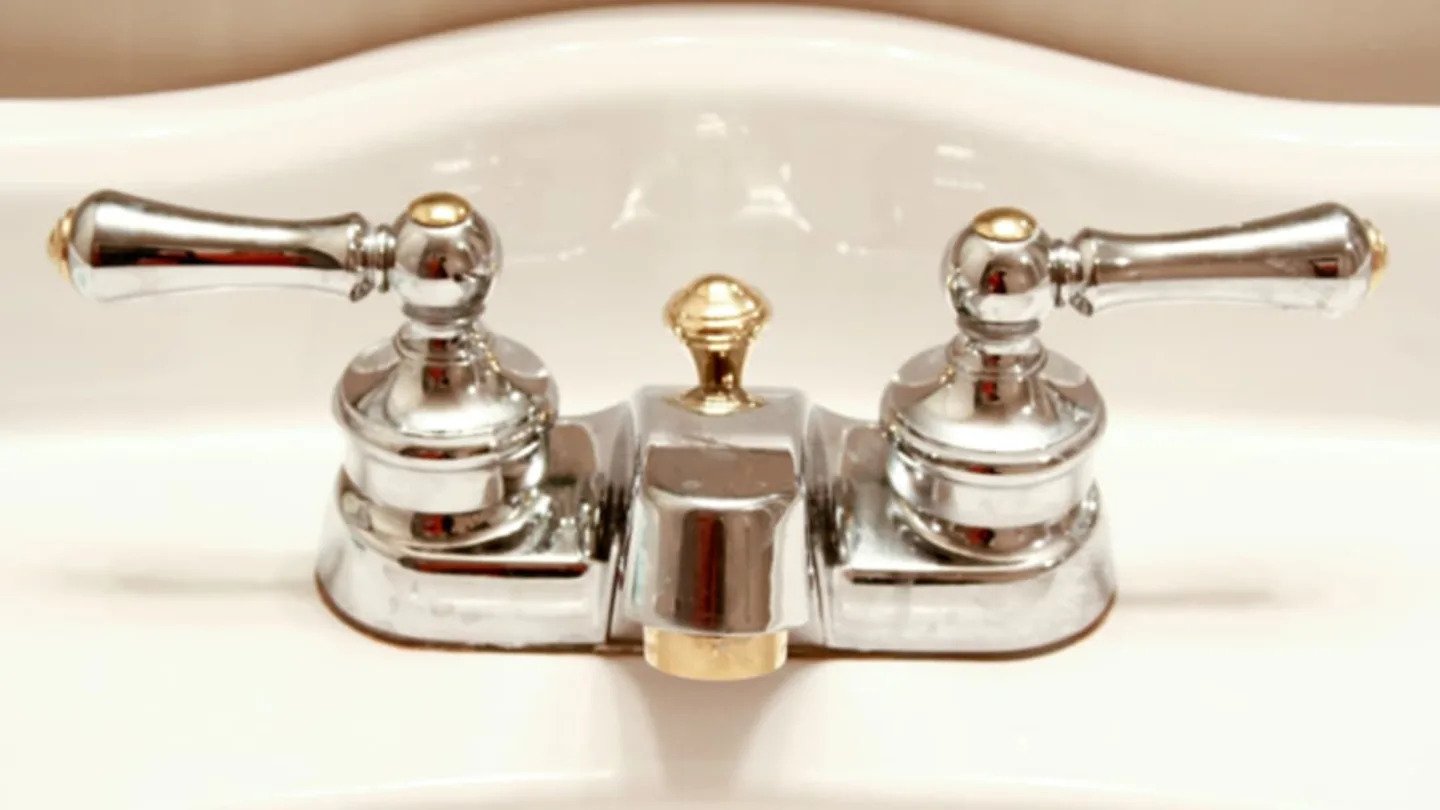
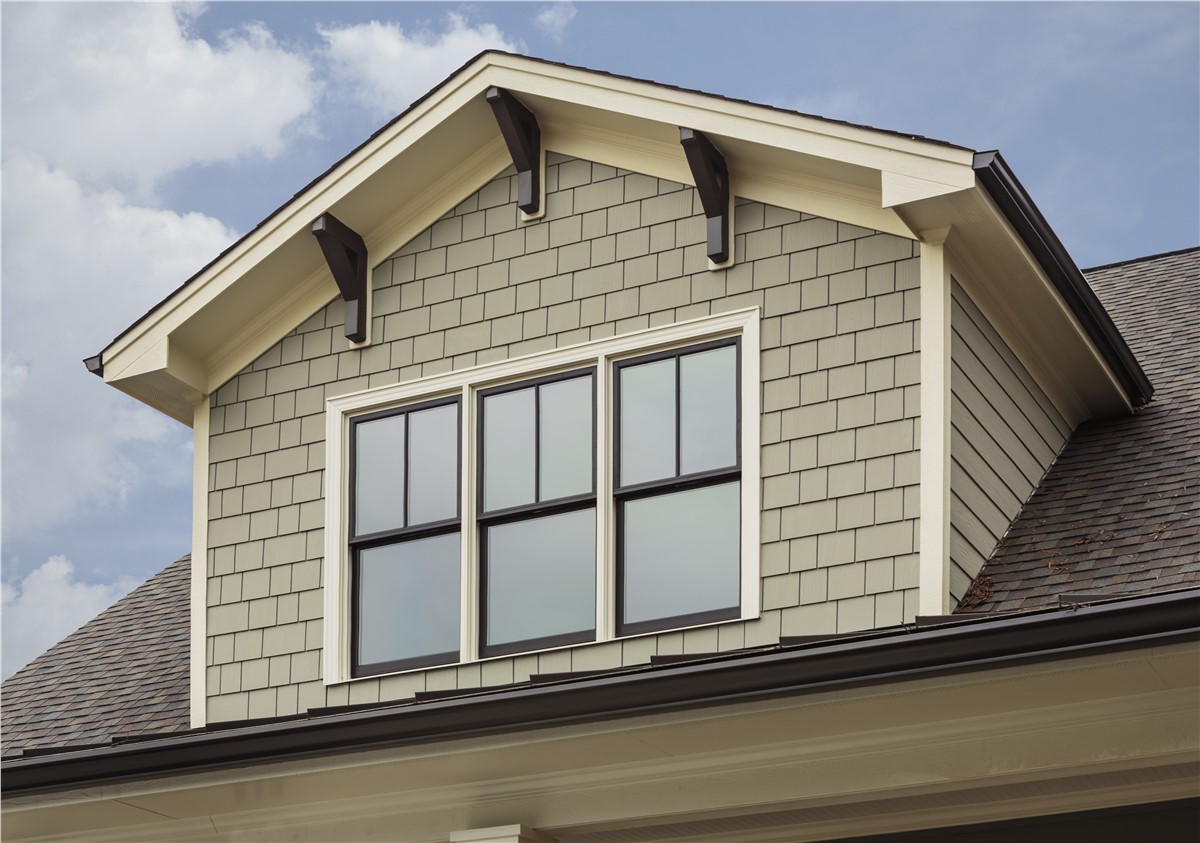

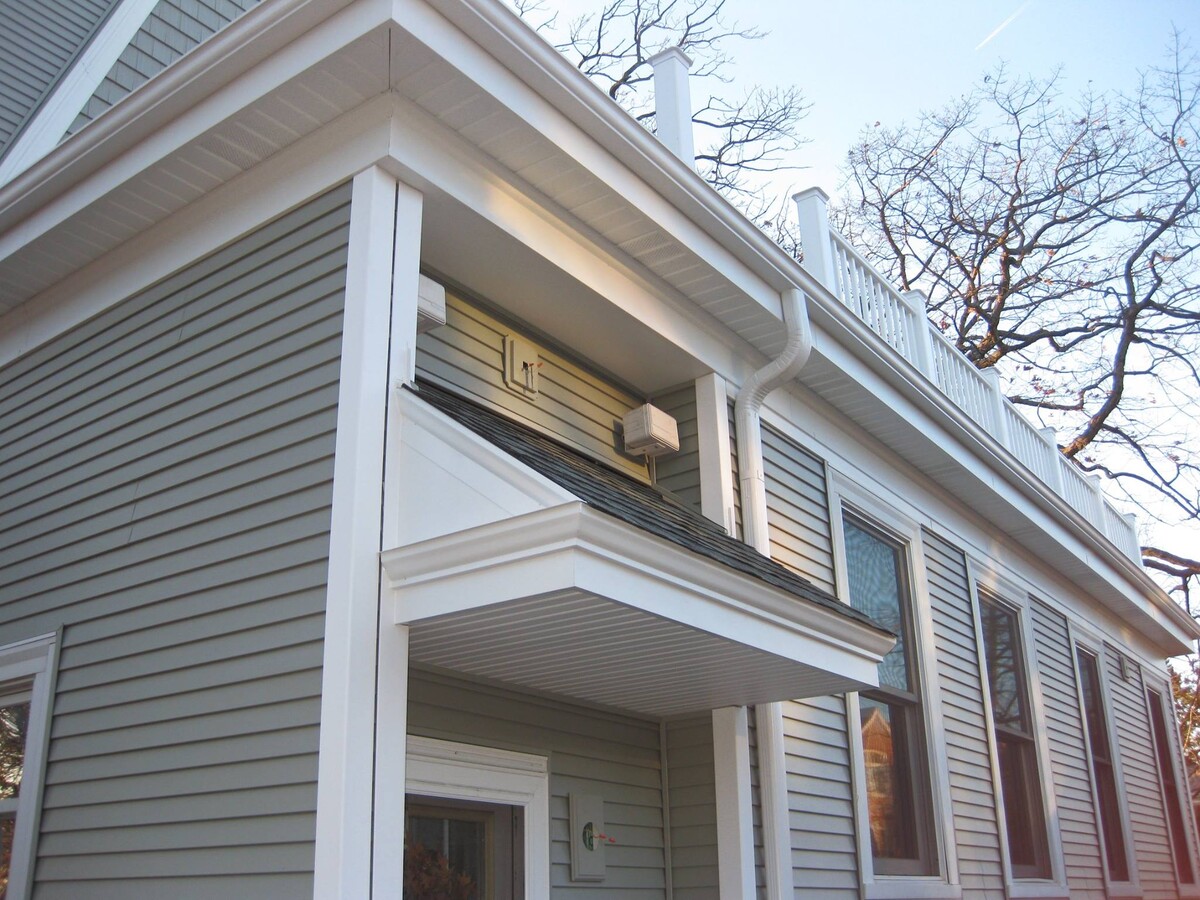
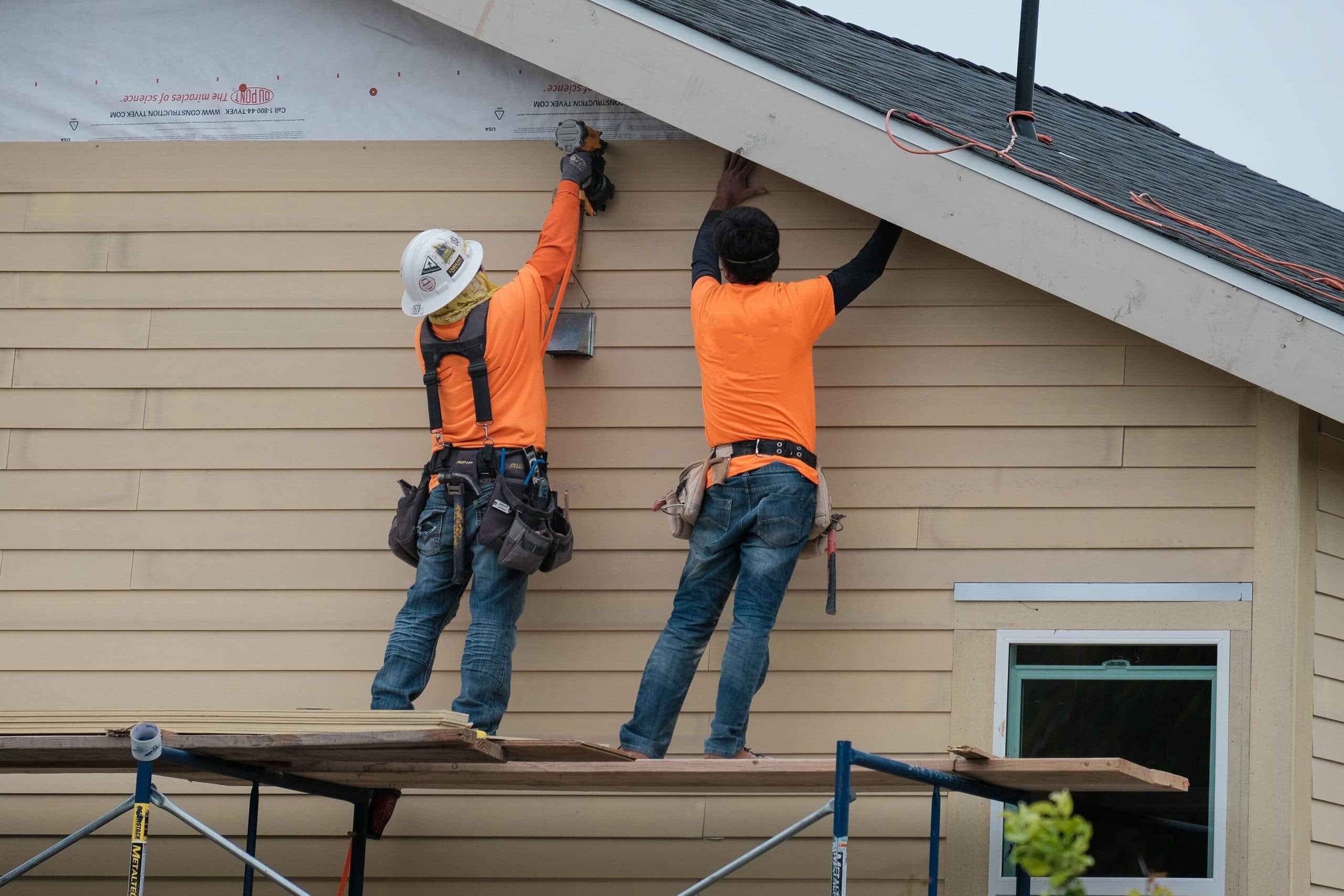
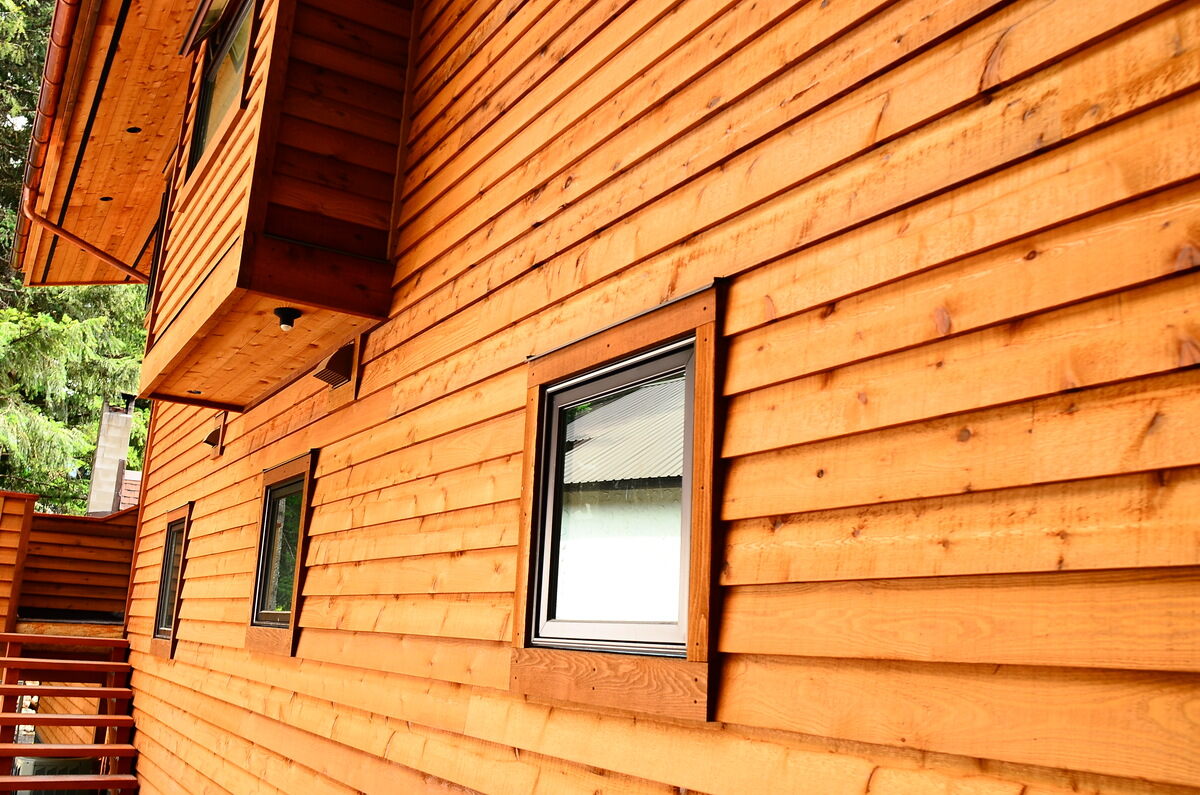

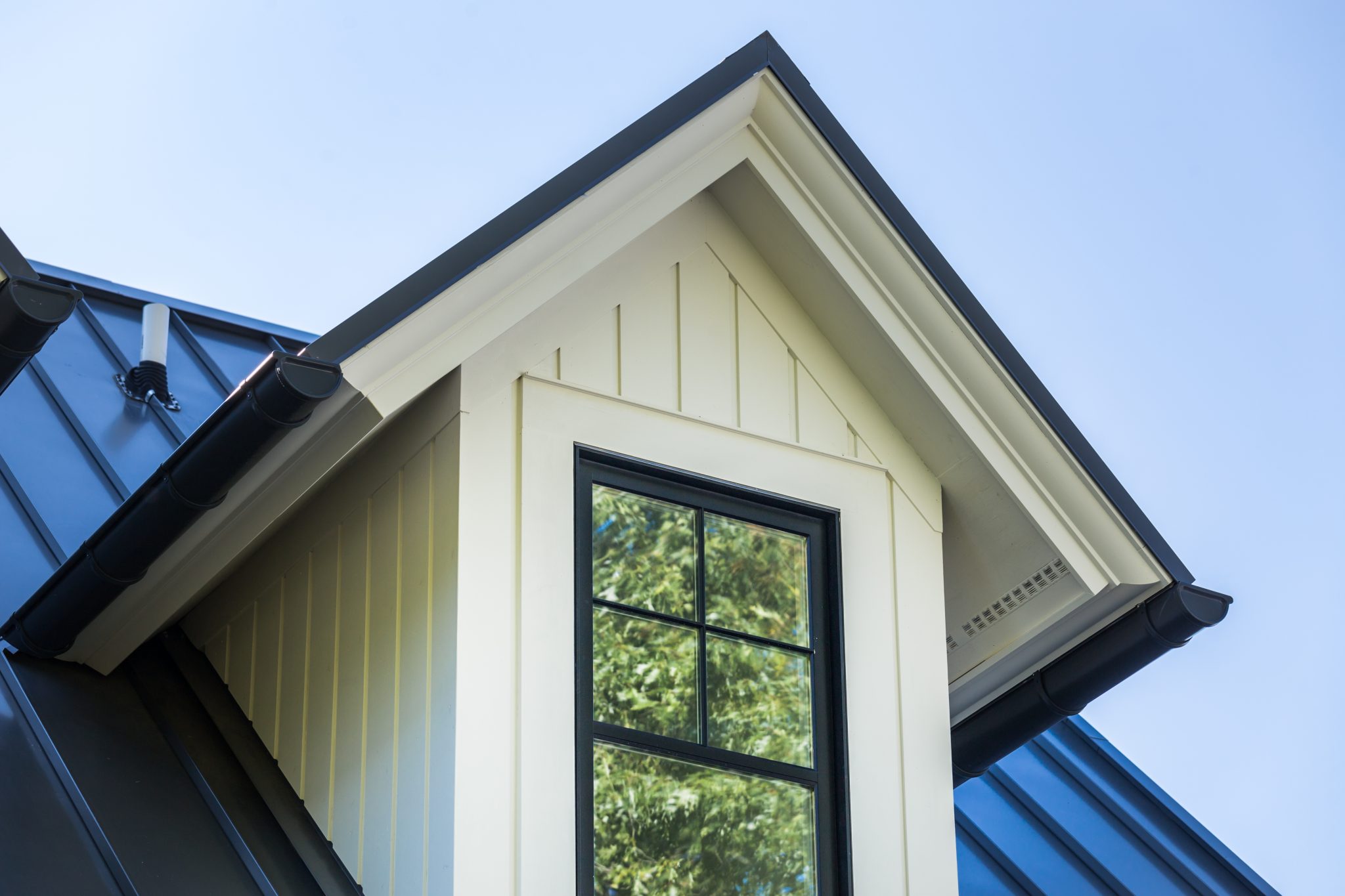
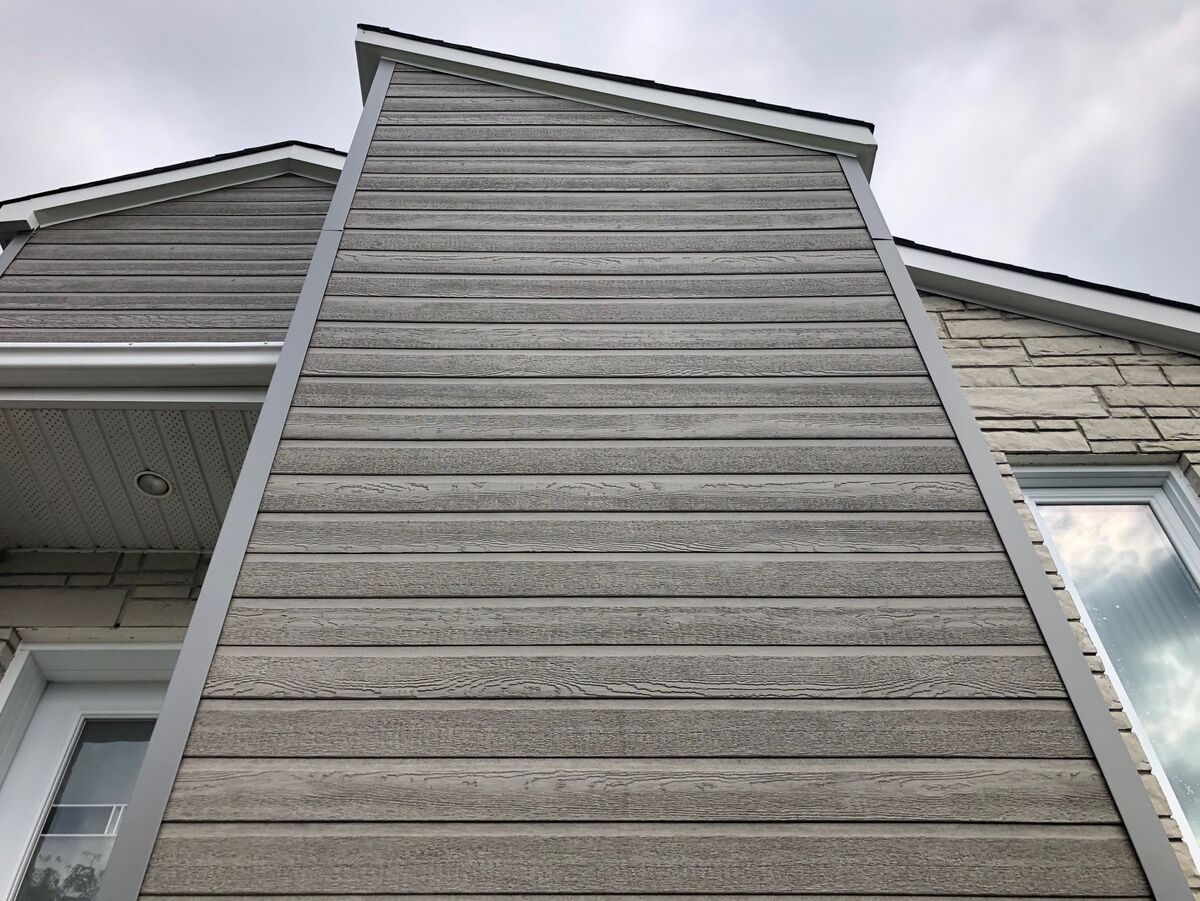

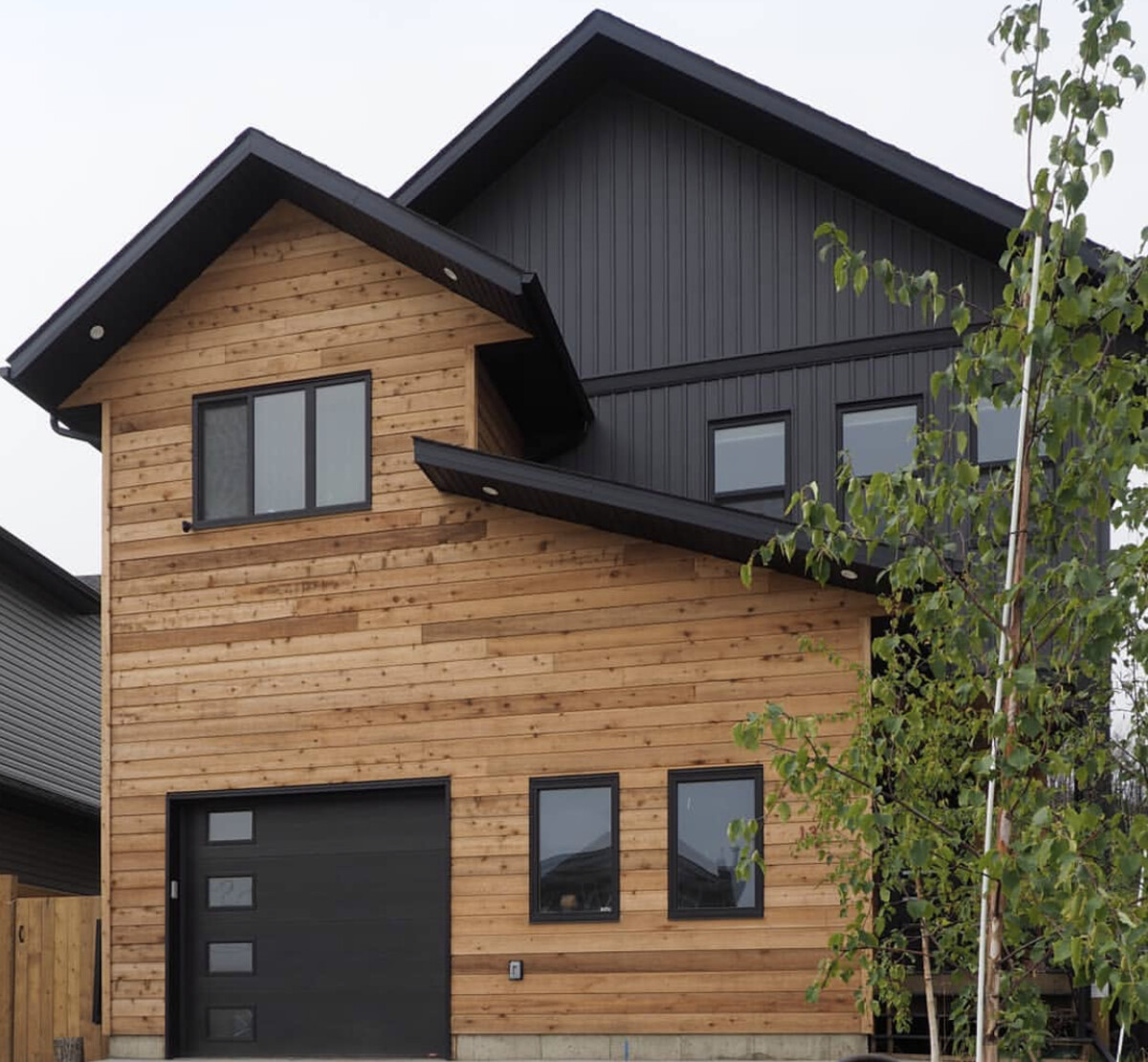

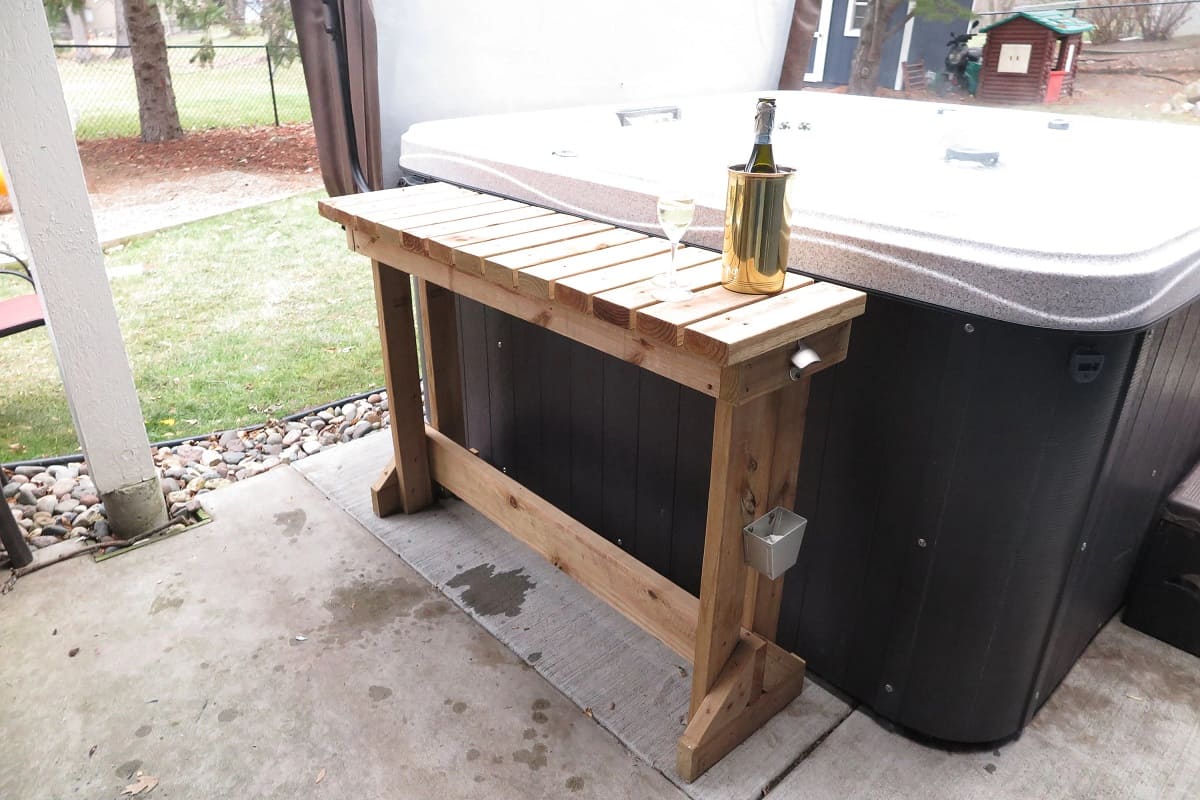


0 thoughts on “What Side Of Faucet Is Hot”